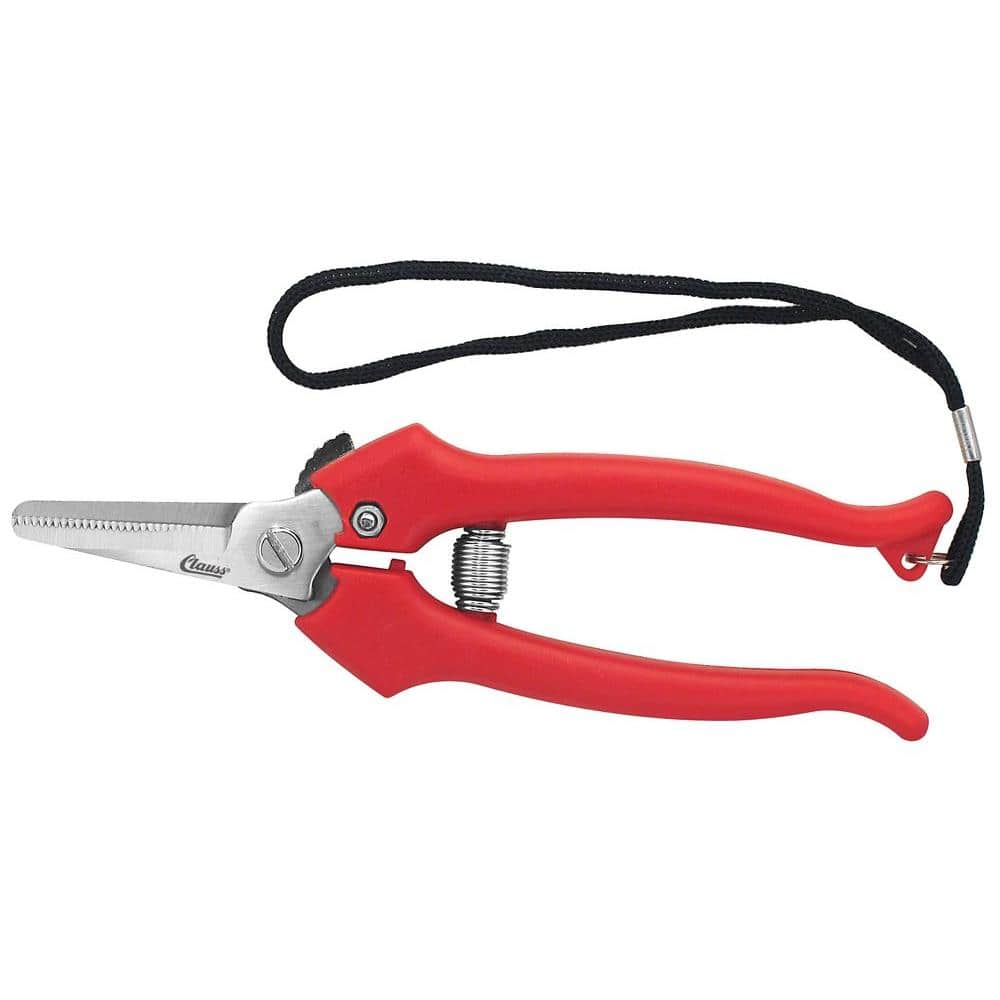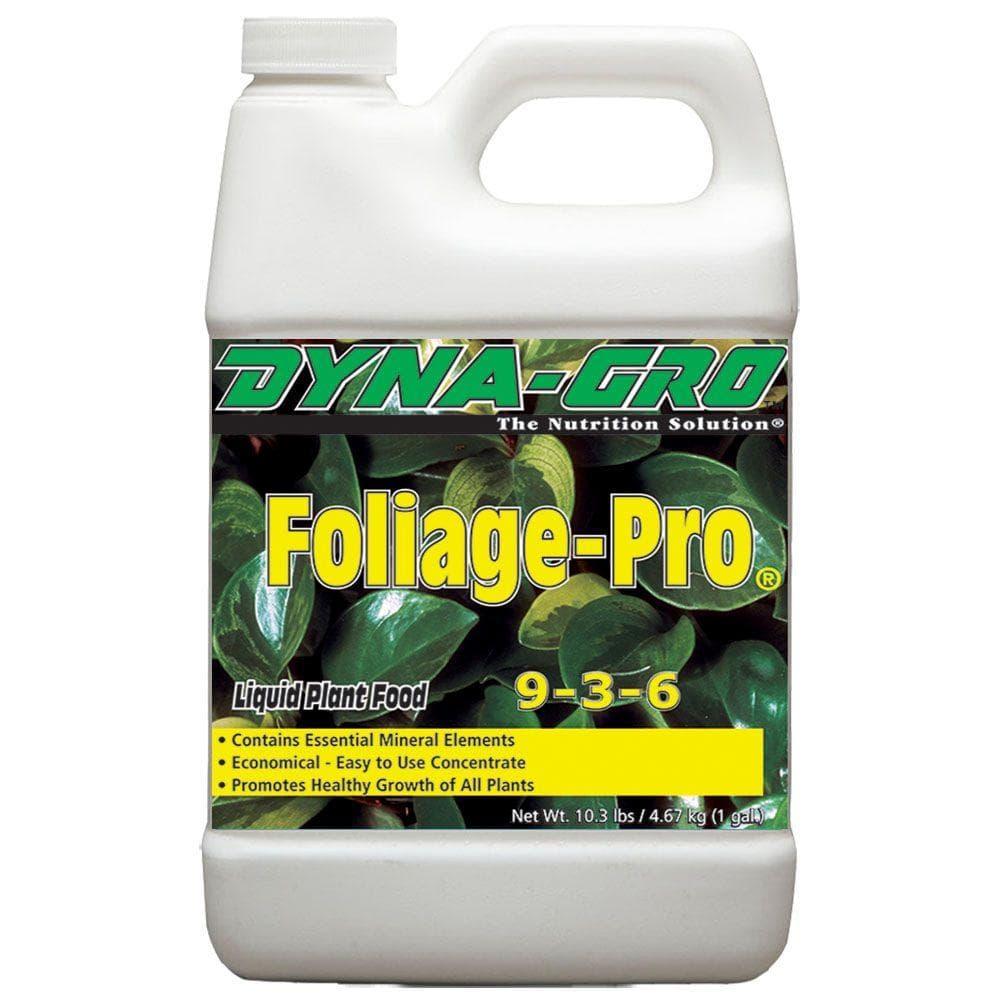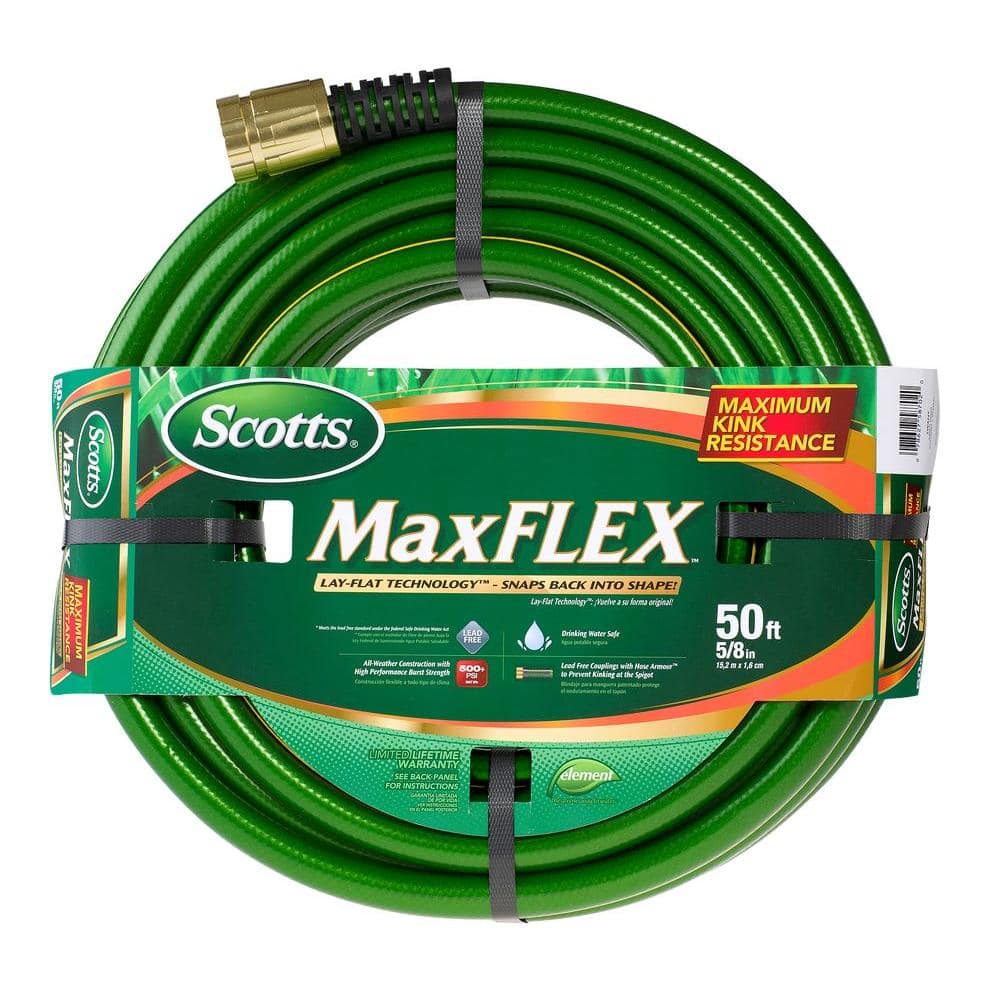How to Prune and Deadhead Flowers

Last updated September 7, 2023
Get more boom out of blooms when you prune and deadhead flowers in your garden. It may be hard to cut back your beautiful blooms, but when you do, you energize the plant to make more flowers. And more flowers mean you get to enjoy your garden for just a little bit longer.
In this guide, you’ll learn how, when and how to prune annual and perennial flowers as well as the best tools for the job. We've also included guidelines for pruning flowering shrubs. For tips on pruning types of shrubs and trees, see our guide on Tips for Pruning Plants, Shrubs and Trees.
Table of Contents
Pruning by Thinning and Deadheading
Tips for Pruning Flowering Shrubs
Pruning by Thinning and Deadheading
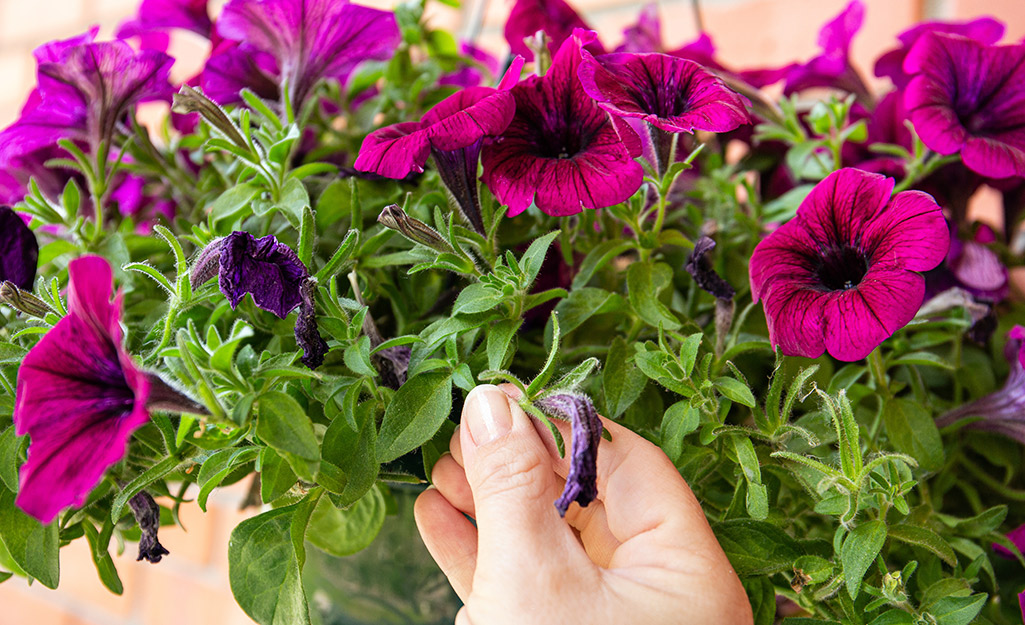
Pruning is simply selectively removing plant parts like foliage and flowers. This process can improve the health and appearance of the plant. Two types of pruning are typically used for herbaceous plants: thinning and deadheading.
Thinning means removing part of the plants’ stems to reduce the plant size. Experts recommend that you thin plants by removing about a third of the growth. You can thin annuals like impatiens and begonias in mid-summer when they get overgrown and leggy. Taking a third of the volume out of the plant rejuvenates it and improves its shape.
Deadheading is simply removing spent blossoms from your plants. This process keeps the plant tidy, and encourages more blooms. Marigolds are a good example of plants that need deadheading to look their best.
Unlike thinning, you can usually just use your hands to deadhead plants. It’s often a pleasant task in the garden, when you see a spent bloom and snap it off just below the base of the flower.
Pruning, including deadheading, is often done in mid-season when plants are at their fullest. You can give colorful annuals a boost by trimming them back. Alternatively, letting some plants go to seed gives you more plants next year. If the plant has attractive seed pods, you can provide wildlife with habitat and nourishment through the winter.
Steps for Thinning and Deadheading Flowers:
Summer annuals are good candidates for thinning because they grow thick and fast in hot weather. By mid-summer, they are likely to need a haircut.
Follow these tips for thinning annuals:
- Start with a sharp pair of pruning shears or floral snips.
- If the plant is prickly or thorny, it’s best to wear gloves.
- Cut about a third of the growth of the plant and snip the stem just above a set of leaves.
- To avoid spreading any potential plant diseases, carry alcohol wipes or an antibacterial spray with you and frequently clean your pruners.
- Carry a trug or Homer bucket in the garden with you for the trimmings.
- When you’re through trimming the plant, discard the trimmings in a compost pile or trash.
- Give your pruned plants some love with a blanket of mulch and a top-dressing of compost or dose of organic liquid fertilizer.
Deadheading is a simple task easily accomplished in the garden. Follow these tips for deadheading flowers in your garden:
- Check your plants for any spent blooms.
- With your hands, pinch off the flower at its base, or cut off with scissors or pruning shears. For tall-stemmed perennials, snip off flowers at the base of the plant’s stem.
- Avoid taking off leaves when deadheading since they provide nutrients for blooms still on the plant.
- Make this task part of your garden scouting routine, where you check plants for pests and diseases, and harvest the cut flower stems.
Perennials, the plants that come back every year, benefit from pruning in season. Here are some tips for cutting back perennials:
- Begin by pulling out any loose, dead stems.
- Use a sharp knife or pruning shears and cut the dormant stems close to the base of the plant. Avoid cutting new shoots.
- Tidy up around your perennials by picking up or raking any plant debris.
- Add a couple inches more mulch, if needed.
- Don’t stress about pruning mistakes. Most plants can handle a third of the growth being trimmed and will bounce back.
Tips for Pruning Flowering Shrubs
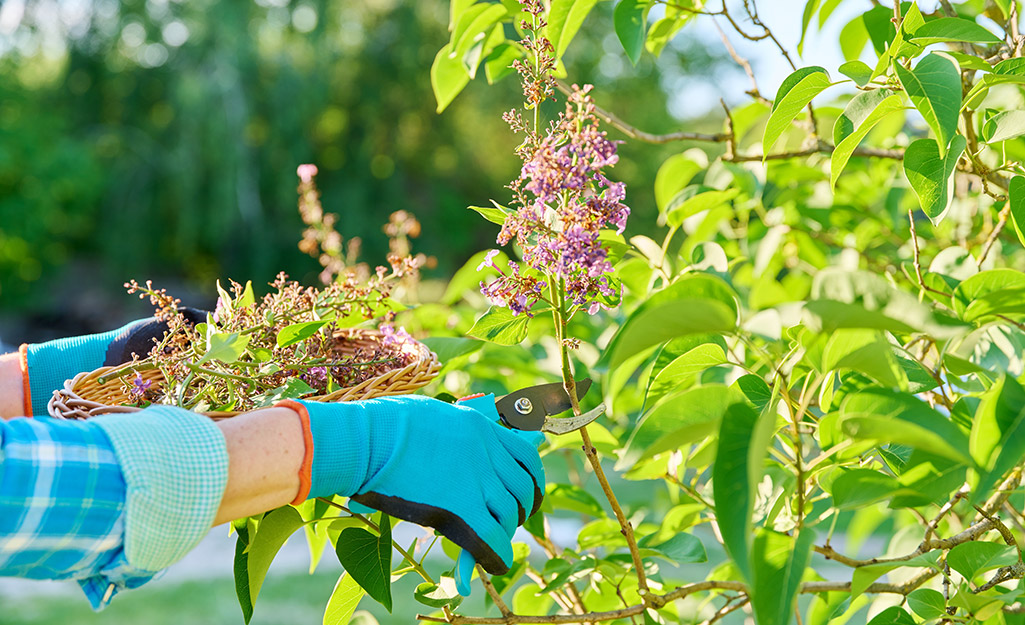
Many flowering shrubs need a yearly pruning at one time or another. The question is when to do it. Pruning at the wrong time can make you miss next year’s flowers.
The rule of thumb is to prune spring flowering shrubs, like azaleas and forsythia, after they bloom. Prune summer or fall flowering shrubs, like roses and crepe myrtles, in late winter or early spring.
More tips for pruning spring flowering shrubs:
- With a sharp pair of loppers or pruning shears, cut out any dead, diseased and broken wood. You can remove a few stray shoots any time of year.
- Prune away branches that grow inward to let the shrub get more sun and air.
- If your shrub has gotten too big, cut it back by about a third. If your shrub has become a woody, tangled mess, cut it to 4 to 6 inches above the ground. New growth will be more compact, but save heavy pruning for every three to five years.
A special note about hydrangeas: Find out what kind of hydrangeas you have before you prune. Prune oakleaf hydrangeas and the “mopheads” with big blue or pink blooms immediately after flowering. Other types need to be pruned in late winter or very early spring. See How to Grow Hydrangeas for tips on pruning these plants.
How to Prune Flowering Hedges:
- For spring flowering hedges, wait until the flowers are finished before you prune.
- Use hedge trimmers to make your hedge wider at the base than the top, so rain and sun can reach the lower growth. Don’t prune hedges straight up and down, or they’ll look like walls.
- Cut out dead, diseased and broken wood. You can remove a few stray shoots any time of year.
- You may need to trim your hedges more than once a year if you live in a warm climate.
Whether you need the right planters, seeds or potting soil, The Home Depot delivers online orders when and where you need them.
